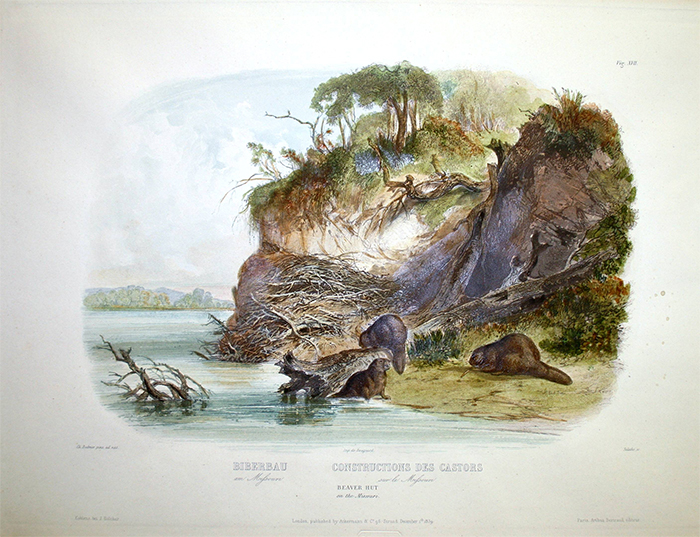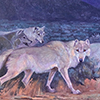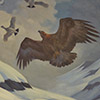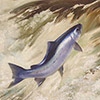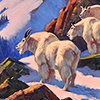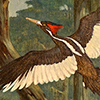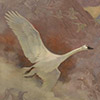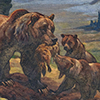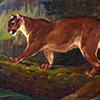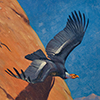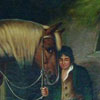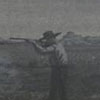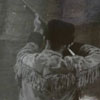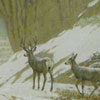Wildlife
"Nature holds the beautiful, for the artist who has the insight to extract it" Albrecht Durer (1471–1528)
The art of capturing animals in nature has a long tradition. The genre encompasses prehistoric animals moving across cave walls, ancient Roman mosaics of wild beasts of prey, animals of unusual proportions imagined by Renaissance artists, as well as John James Audubon's illustrations of birds and contemporary painters of wildlife in nature.
From the sixteenth century on, scientists and travelers sought to depict exotic wild animals while exploring the animal kingdom in relation to humans. John James Audubon (1785–1851), who had worked as a naturalist and taxidermist, observed and sketched animals in the field. His magnificent and accurate portraits of American birds, Birds of America, published between 1827 to 1838, were well received at the time and continue to be greatly prized.
Twentieth century wildlife artists were informed by close observation of animals and scientific data, as well as notes and sketches that were made in the field, in zoos, and in natural history museums. The works of art recorded appropriate animal behaviors and poses, as well as typical habitat and flora that conveyed a sense of realism that engaged and informed the viewer.
Many works in this gallery were painted by Walter Alois Weber. The accomplished wildlife artist was a trained zoologist, botanist and field collector. He was equally adept at painting grizzly bears in the wilds or birds in the trees of his backyard. Weber studied living animal subjects in the wild wherever possible, irrespective of species, so that he recorded the right color, movement and habitat.
Wildlife art captures the vigor of animals in the wild and brings a sense of intimacy and immediacy to the viewer. Today, national parks provide artists with the opportunity to observe animals in a natural setting and capture their beauty on canvas.


